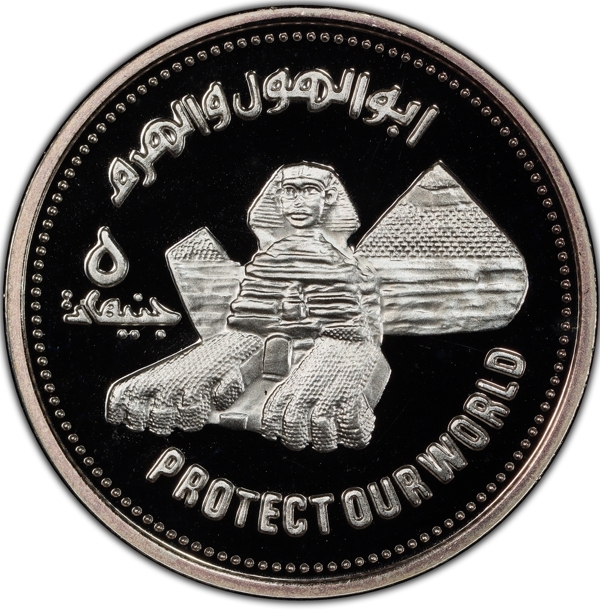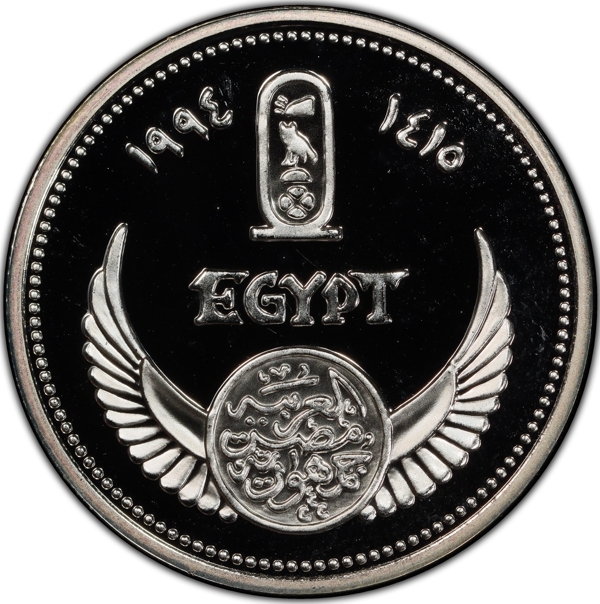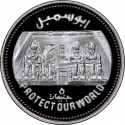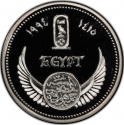You are about to finish your registration. Please check your mailbox (including spam folder). There should be a letter with a confirmation link. Check setting to make sure that your e-mail address is correct.
Send letter againDescription
The Giza pyramid complex (Arabic: مجمع أهرامات الجيزة), also called the Giza necropolis, is the site on the Giza Plateau in Greater Cairo, Egypt that includes the Great Pyramid of Giza, the Pyramid of Khafre, and the Pyramid of Menkaure, along with their associated pyramid complexes and the Great Sphinx of Giza. All were built during the Fourth Dynasty of the Old Kingdom of Ancient Egypt, between 2600 and 2500 BC. The site also includes several cemeteries and the remains of a workers' village.
The Giza pyramid complex consists of the Great Pyramid (also known as the Pyramid of Cheops or Khufu and constructed c. 2580 – c. 2560 BC), the somewhat smaller Pyramid of Khafre (or Chephren) a few hundred metres to the south-west, and the relatively modest-sized Pyramid of Menkaure (or Mykerinos) a few hundred metres farther south-west. The Great Sphinx lies on the east side of the complex. Current consensus among Egyptologists is that the head of the Great Sphinx is that of Khafre. Along with these major monuments are a number of smaller satellite edifices, known as "queens" pyramids, causeways and valley pyramids.
Obverse

|
Depicts the Great Sphinx of Giza in the front of the Great Giza Pyramids, denomination left of them. The inscription "Pyramids and Sphinx" above in Arabic and "Protect Our World" below in English. أبو الهول و الهرم |
|---|---|
Reverse

|
Cartouche divides date in Arabic (Hijri) and (Georgian) above mirrored wings around the country name (Arab Republic of Egypt) and state name (Egypt) above wings. ١٤١٥ - ١٩٩٤ |
| Edge |
5 Pounds
Protect Our World
Pyramids and Sphinx
Subscribe series
KM# 970
Protect Our World
Pyramids and Sphinx





